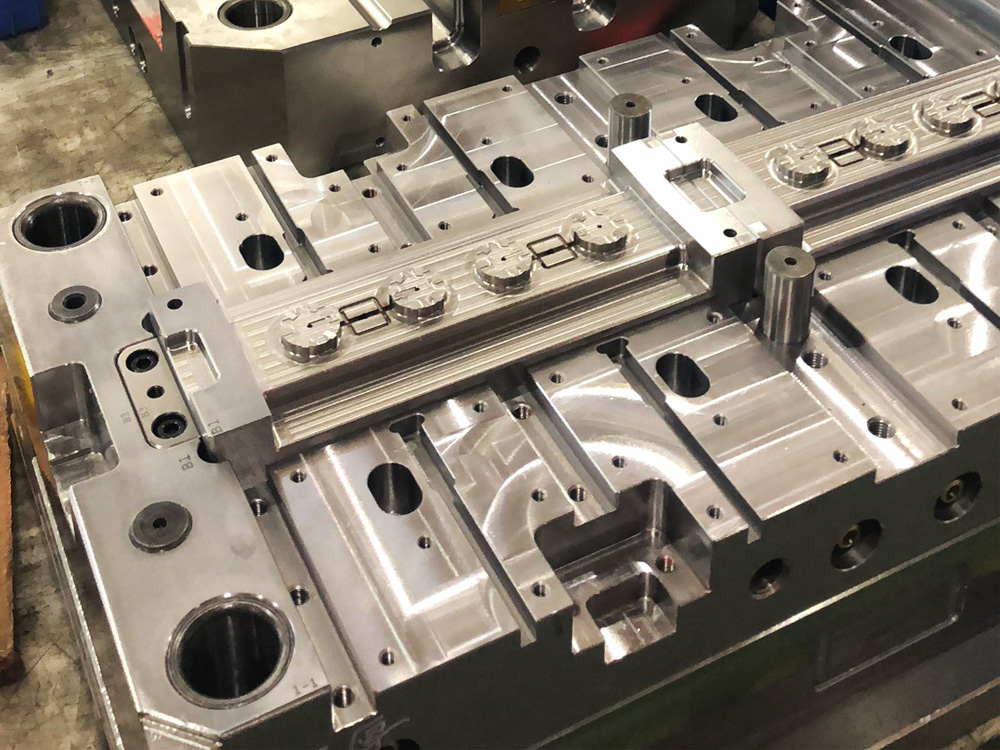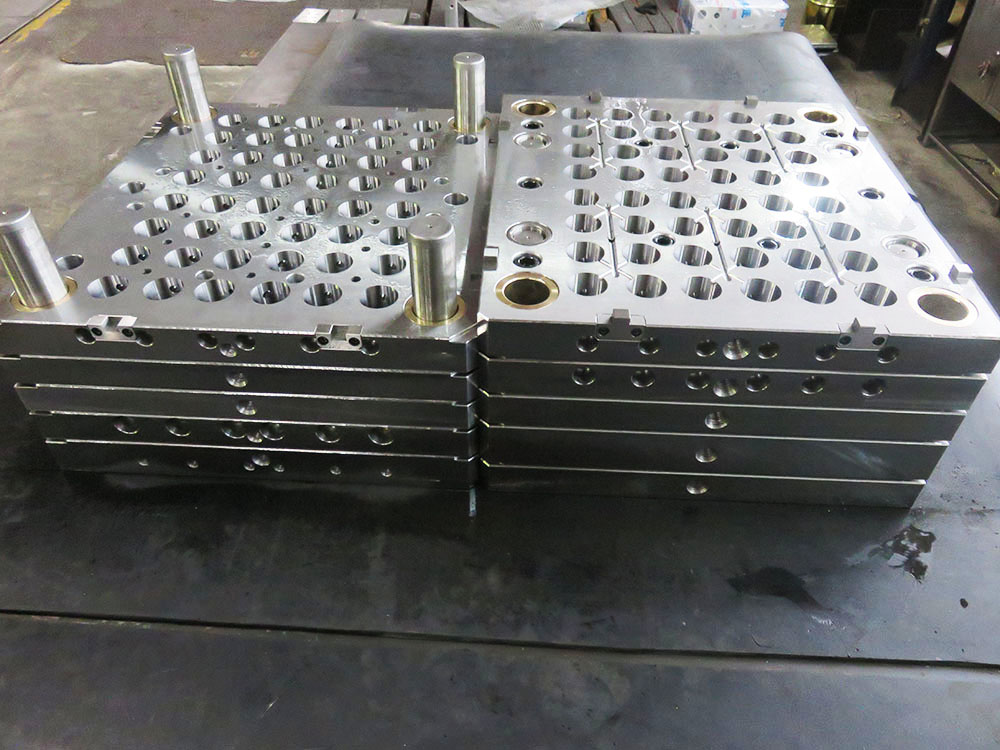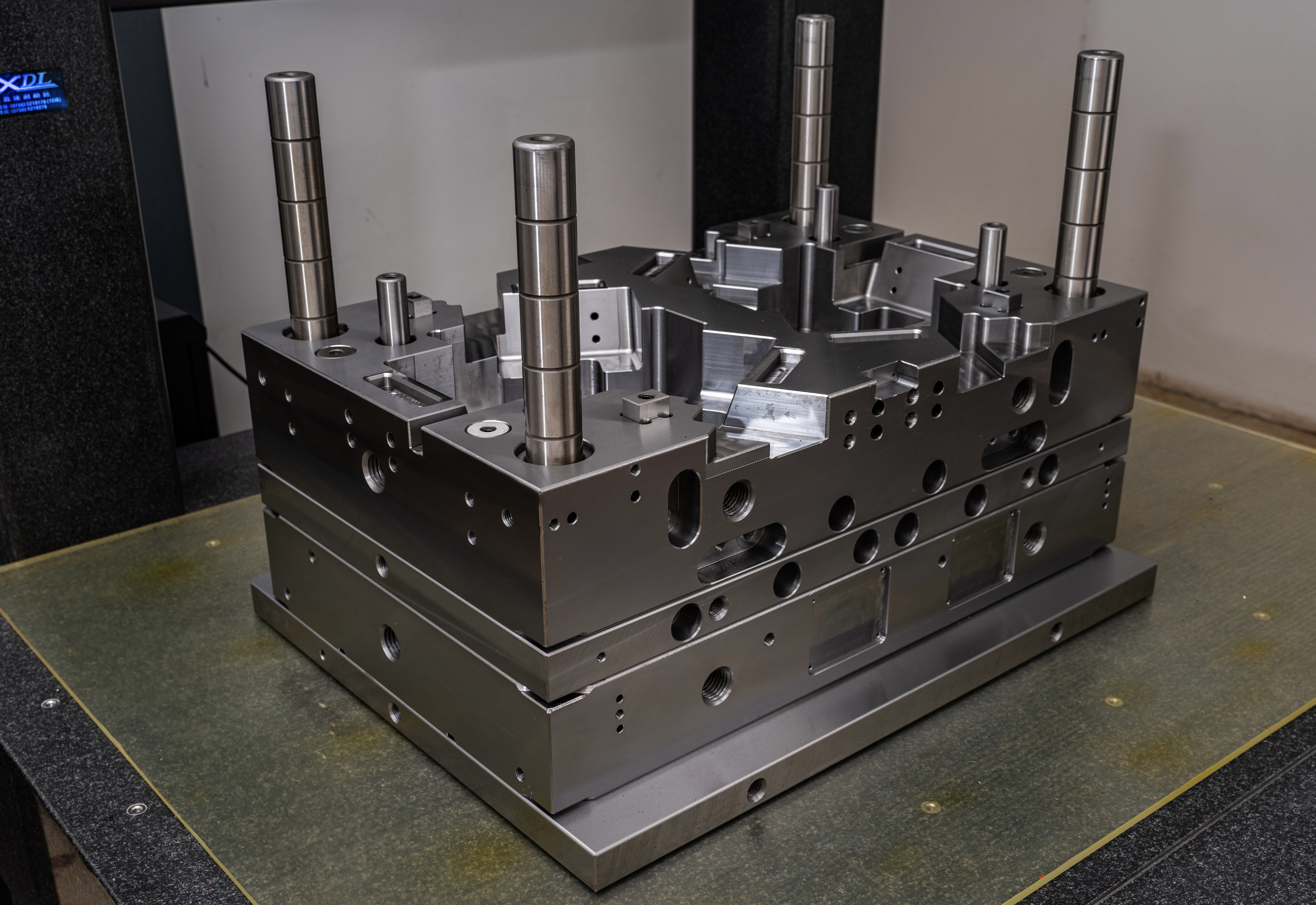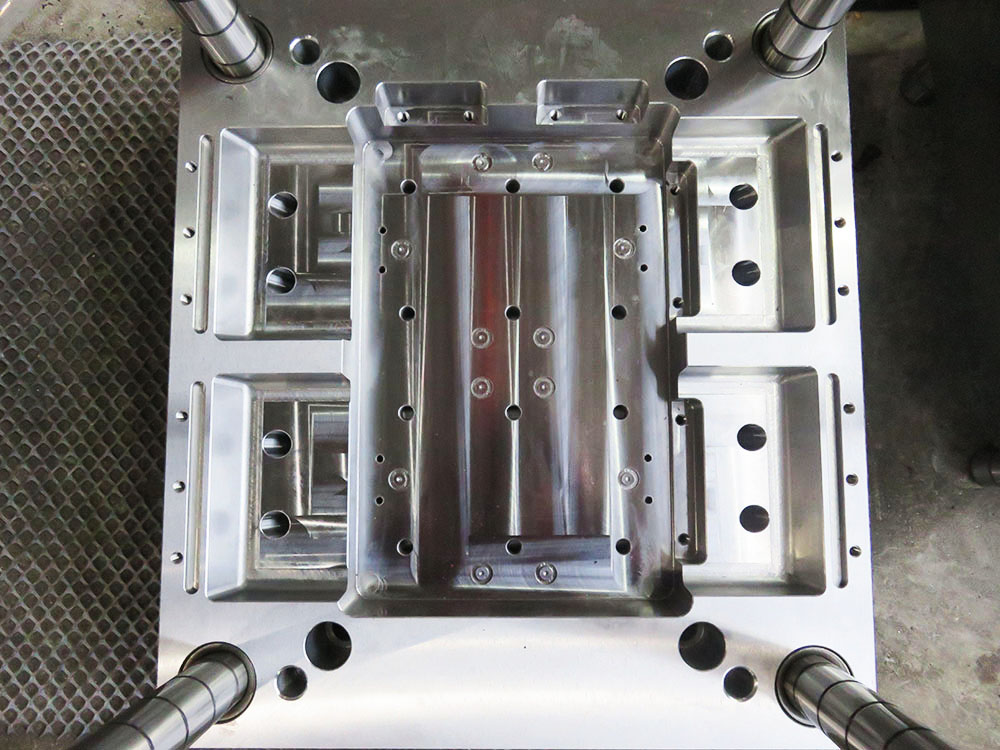Key Points for Comprehending Architectural Support System Schematic Drawings in the Mold Base Industry
Mold base design plays a critical role in the precision and quality of molds used in various industries. To effectively comprehend architectural support system schematic drawings and contribute to successful mold base designs, it is essential to gain a comprehensive understanding of the key points involved. This article will explore the important factors to consider when analyzing architectural support system schematic drawings in the mold base industry.
1. Understanding Architectural Support System Layout
The first step in comprehending architectural support system schematic drawings is to familiarize oneself with the layout. Pay attention to the overall structure, component hierarchy, and connections depicted in the drawing. The layout provides insight into the arrangement and organization of various elements.
2. Analyzing Dimensional Specifications
Analyzing the dimensional specifications is crucial for accurately comprehending the schematic drawings. Carefully study the dimensions and measurements provided to understand the spatial relationships between components. Pay attention to critical measurements that directly impact the overall functionality and stability of the mold base.
3. Identifying Materials and Component Types
Accurate identification of materials and component types is essential for understanding the architectural support system schematic drawings. Different materials possess varying properties such as strength, rigidity, and resistance to external factors. Identifying the specific materials used aids in evaluating the overall durability and performance of the mold base.
4. Examining Component Connections and Fastening Techniques
The connections between different components and the fastening techniques employed play a significant role in the structural integrity of the mold base. Examine the connections and fasteners depicted in the schematic drawings to understand how different parts are joined together. This analysis helps ascertain the overall stability and strength of the mold base structure.
5. Considering Load-Bearing Capacities
The architectural support system schematic drawings often include information regarding load-bearing capacities. Understanding the load-bearing capabilities of various components and the overall system is essential for designing a mold base that can withstand the required forces and pressures. Analyze the load-bearing references provided in the drawings to ensure adequate support for the intended applications.
6. Assessing Tolerance Specifications
Accurate and precise mold base designs rely on adherence to specific tolerance specifications. Carefully review the schematic drawings to identify tolerance requirements for critical dimensions. Understanding the required tolerances enables the designer to ensure precision in every aspect of the mold base assembly.
7. Collaborating with Designers and Engineers
Effective collaboration with designers and engineers is vital for comprehending architectural support system schematic drawings. Engaging in discussions and exchanging ideas with the experts involved ensures a better understanding of design considerations, material choices, and overall system functionality.
Conclusion
In conclusion, comprehending architectural support system schematic drawings in the mold base industry requires careful analysis and consideration of various factors. Understanding the layout, dimensional specifications, materials, component connections, load-bearing capacities, tolerance specifications, and collaborating with experts are essential elements in this process. By mastering these key points, professionals in the mold base industry can contribute to successful mold base designs and ensure the production of high-quality molds.




